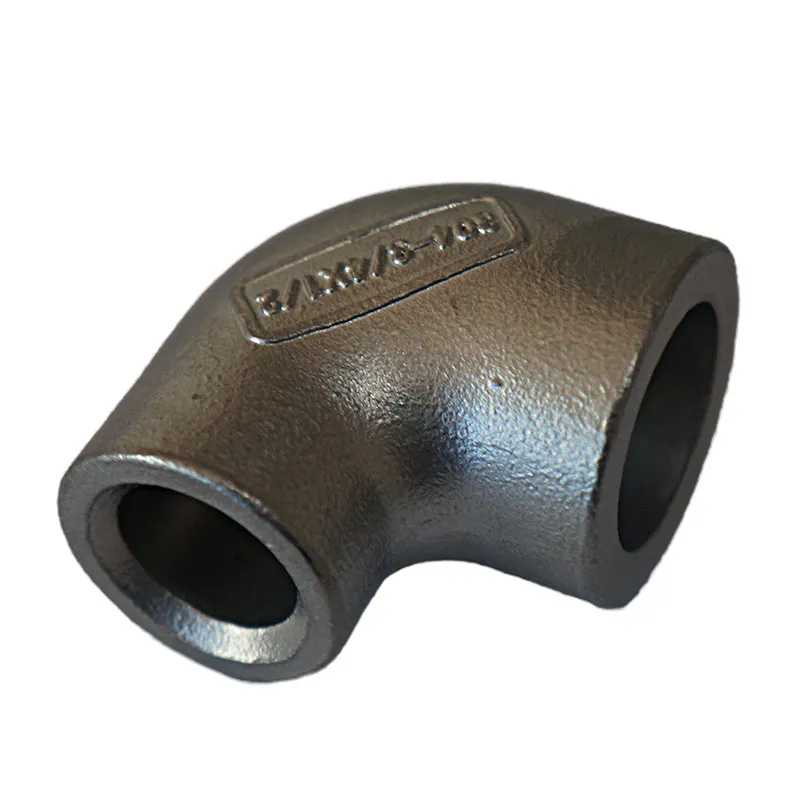Automotive Parts Stamping Techniques for Enhanced Manufacturing Efficiency and Quality Production
The Significance of Stamping in Automotive Parts Manufacturing
The automotive industry stands as a towering giant in the global economy, with an intricate web of manufacturing processes that bring vehicles to life. Among these processes, stamping plays a crucial role in the production of automotive parts. Stamping is a manufacturing technique used to convert flat sheets of metal into specific shapes and forms. This process is integral to the design, efficiency, and safety of vehicles, making it a vital area of focus for both manufacturers and consumers.
The Stamping Process
At its core, the stamping process involves the use of dies and stamping presses to shape metal sheets. The process begins with a flat piece of metal, usually steel or aluminum, which is fed into a stamping press. This press, powered by hydraulic or mechanical energy, applies a precise force to the metal sheet through a die. The die determines the final shape of the component, allowing for intricate designs and contours to be formed with high accuracy.
There are various types of stamping processes, including blanking, bending, and drawing. Blanking involves cutting out a flat shape from the metal sheet, while bending alters the shape at certain angles. Drawing takes a flat sheet and reshapes it into a three-dimensional part. These processes are essential for producing a wide range of automotive components, including chassis parts, body panels, brackets, and reinforcements.
Benefits of Stamping in Automotive Manufacturing
One of the primary advantages of stamping is its ability to produce high volumes of parts with exceptional precision. Because the process relies on dies, manufacturers can create thousands of identical components in a short amount of time, optimizing the production line and reducing labor costs. This efficiency is imperative in the automotive sector, where meeting demand while maintaining quality is critical.
automotive parts stamping

Additionally, stamping allows for the use of lightweight materials, such as aluminum, which can significantly reduce the overall weight of a vehicle. Lighter vehicles often have improved fuel efficiency and lower emissions, aligning with modern consumer demands for sustainability and performance. Furthermore, advancements in stamping technology, including the use of computer numerical control (CNC) machinery, have enhanced the precision and quality of stamped parts, leading to better performance and longer-lasting components.
Quality and Safety Considerations
The quality of stamped automotive parts directly impacts vehicle safety and performance. Components must meet stringent industry standards, and the stamping process allows for consistent quality control. Manufacturers often implement rigorous testing and inspection procedures to ensure that each part meets the required specifications. This focus on quality is paramount, as any defects can lead to severe safety implications on the road.
Moreover, with the growing emphasis on vehicle safety features, the complexity of stamped parts has increased. Modern vehicles incorporate advanced technologies, including sensors and structural enhancements that necessitate precision-engineered components. Stamping not only accommodates these requirements but also provides the flexibility to adapt to new designs and innovations.
The Future of Automotive Stamping
As the automotive industry progresses towards electrification and sustainability, the role of stamping will continue to evolve. Electric vehicles (EVs) require specific design considerations, and stamping manufacturers are developing specialized dies and processes to meet these needs. The push for more sustainable practices also means that manufacturers are exploring the use of recycled materials in stamping, further reducing the environmental footprint of vehicle production.
In conclusion, stamping plays a fundamental role in the manufacturing of automotive parts, providing efficiency, precision, and adaptability in an ever-changing industry. As the automotive landscape shifts towards new technologies and sustainability goals, stamping will continue to be an essential component in the production of safe and reliable vehicles. The advancements in stamping technology signal a promising future for automotive manufacturing, where quality and innovation go hand in hand to create the vehicles of tomorrow.
-
Aluminium Pressure Die Casting High-Precision & Durable Solutions for Complex PartsNewsJul.08,2025
-
Top Aluminum Sand Castings Manufacturer – Precision Green Sand Castings for Industrial NeedsNewsJul.08,2025
-
Precision Lost Wax Casting Quotes – High Accuracy Custom Parts Lost Wax Precision Casting ServicesNewsJul.07,2025
-
High-Quality Sand Used for Casting - Superior Sand for Sand Casting ProcessesNewsJul.07,2025
-
China Supply High End Metal Stamping Parts Sino - Precision Manufacturing FactoryNewsJul.06,2025
-
High-Quality Automotive Investment Casting Services Precision & Sand Casting SolutionsNewsJul.06,2025















